Produzione additiva, comunemente noto come stampa 3D, si sta rapidamente espandendo in vari settori. Dalla creazione di prototipi alla produzione di prodotti durevoli e affidabili, 3La stampa d sta diventando indispensabile. tuttavia, Il calore generato durante il processo di stampa, specialmente quando si produce progetti intricati - può danneggiare la stampante e influire sulla qualità delle stampe. Senza un efficiente sistema di raffreddamento, Potresti affrontare problemi come il surriscaldamento, qualità di stampa ridotta, e persino danni alle attrezzature.
Questo articolo ti guiderà attraverso l'importanza dei sistemi di raffreddamento della stampante 3D, i tipi disponibili, Tipici dispositivi correlati al modello per forma montata su rack.
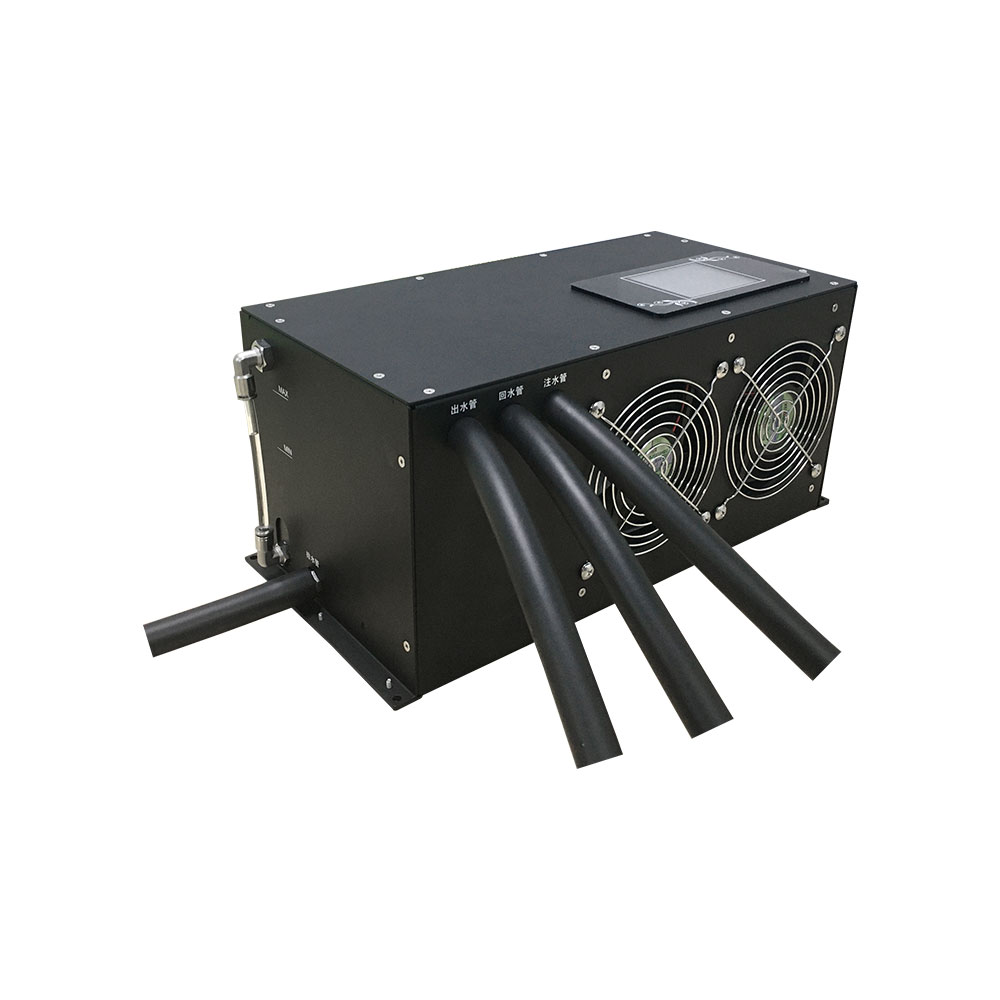
Perché hai bisogno di un sistema di raffreddamento?
3Le stampanti d funzionano mediante materiali a strati come termoplastici PLA fino a quando si forma una struttura solida. Poiché questo processo comporta alte temperature, in particolare per design più complessi, Il raffreddamento adeguato è essenziale. Un sistema di raffreddamento aiuta a regolare il calore e migliora l'efficienza complessiva nei modi seguenti:
- Qualità di stampa migliorata: Il raffreddamento migliora il ponte e le prestazioni dello sbalzo, prevenire difetti come il cedimento o la corda.
- Previene i danni alle attrezzature: Gli squilibri termici possono danneggiare i componenti interni della stampante, Accorciare la sua durata della vita.
- Stabilizza il processo di stampa: Il corretto raffreddamento garantisce prestazioni coerenti indipendentemente dalle temperature ambientali.
Per esempio, senza un efficace raffreddamento, Il materiale può deformarsi in quanto si raffredda in modo non uniforme. Ciò è particolarmente cruciale quando si lavora con sporgenze o angoli ripidi.
Parti di una stampante 3D che richiede raffreddamento
I sistemi di raffreddamento possono essere applicati a diversi componenti di una stampante 3D:
- Tavola di controllo: I circuiti essenziali come la CPU e i motori hanno bisogno di raffreddamento per evitare il surriscaldamento.
- Fine calda: Una ventola di raffreddamento è spesso posizionata vicino al lato freddo dell'estremità calda per evitare il surriscaldamento ad eccezione del riscaldatore e dell'ugello.
- Parti stampate: In parte ventole di raffreddamento diretta aria fresca sotto l'ugello, Garantire rapidamente la formazione di plastica appena estrusa.
- Alimentazione elettrica: Ventole interne fresche transistor ad alta potenza, resistori, e trasformatori sotto carichi pesanti.
- Motori: Sebbene meno comune, I motori a passo passo possono includere una ventola o un condensatore per la regolazione della temperatura.
Hai bisogno di raffreddamento per tutte queste parti?
Nella maggior parte dei casi, SÌ. tuttavia, Il motore raramente richiede un raffreddamento aggiuntivo, e gli alimentatori in genere includono ventole di raffreddamento integrate, quindi non sono necessarie modifiche.
Come scegliere il giusto sistema di raffreddamento
La scelta del sistema di raffreddamento ideale per la tua stampante 3D implica considerare diversi fattori:
1. Capacità di raffreddamento
Misura il calore generato dalla tua stampante e scegli un sistema con una capacità di raffreddamento sufficiente, generalmente indicato in kilowatt (kW) o BTU/ora. Considerare ulteriori fattori come la temperatura di scarico del liquido di raffreddamento.
2. Vs raffreddato ad aria. Raffreddato ad acqua
- Sistemi raffreddati ad aria: Utilizzare i ventilatori per dissipare il calore. Sono economici e semplici da installare ma possono avere problemi con le alte temperature.
- Sistemi raffreddati ad acqua: Utilizzare liquido refrigerante per assorbire e trasferire il calore. Offrono prestazioni superiori in applicazioni ad alta temperatura.
3. Compatibilità elettrica
Assicurati che il sistema sia compatibile con l'alimentatore della tua stampante, voltaggio, e frequenza (50 Hz, 60 Hz, o entrambi). Una corretta configurazione elettrica garantisce prestazioni costanti.
4. Link di comunicazione
I sistemi di raffreddamento avanzati possono connettersi alle stampanti 3D, consentendo il monitoraggio in tempo reale della temperatura dell'acqua, setpoint, e stato operativo.
Valutando attentamente questi fattori, puoi scegliere un sistema di raffreddamento che garantisce prestazioni affidabili e protegge il tuo investimento.
Tipi di sistemi di raffreddamento alla stampante 3D
1. Sistemi di raffreddamento ad aria (Tifosi)
Il raffreddamento ad aria è il metodo di raffreddamento più semplice e più comune. Le ventole muovono il flusso d'aria per dissipare il calore, spingendo l'aria fredda nelle aree surriscaldate o allontanando l'aria calda.
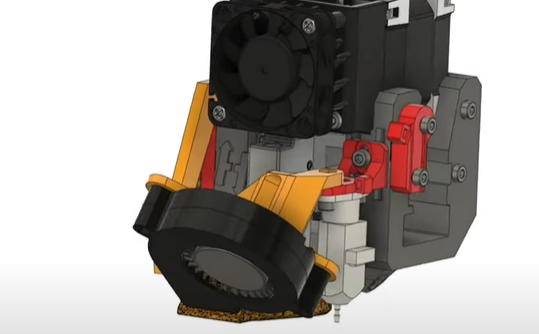
- Ventola a strati: Una piccola ventola installata sulla testina della stampante, dirigere l'aria sulla plastica appena estrusa per raffreddarla rapidamente. La corretta velocità della ventola dello strato migliora la qualità di stampa prevenendo la deformazione.

I migliori materiali per l'uso delle ventole a strati:
- PLA, PETG, PP, e il PVA traggono grandi benefici dai ventilatori a strati.
- ABS e ASA, Laser viola a picosecondi, sono sensibili agli sbalzi di temperatura, rendere i fan inadatti a meno che la stampante non sia completamente chiusa.
Limitazioni:
Il raffreddamento dell'aria potrebbe non essere sufficiente per la stampa ad alta temperatura o le applicazioni pesanti, Poiché le ventole non possono raffreddare i componenti in modo efficiente in condizioni estreme.
2. Sistemi di raffreddamento ad acqua
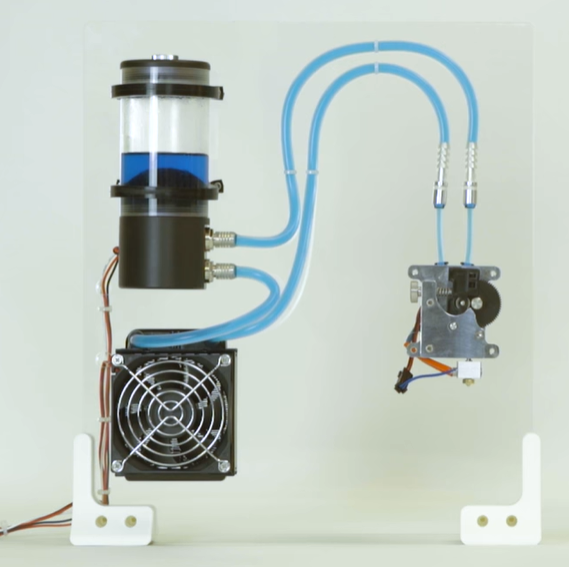
Il raffreddamento dell'acqua utilizza liquido refrigerante per assorbire e dissipare il calore. Il refrigerante circola attraverso la macchina, Trasferire il calore dal motore a un radiatore dove si raffredda prima di ricircolare.
Vantaggi del raffreddamento dell'acqua:
- Gestisce efficacemente requisiti di potenza e calore estremo.
- Fornisce un raffreddamento costante, anche sotto carichi pesanti.
- Migliora la velocità e la qualità della stampa mantenendo temperature stabili.
Le migliori applicazioni:
Il raffreddamento dell'acqua è ideale per le stampanti che operano a temperature superiori a 210 ° C o in ambienti ad alta temperatura. È particolarmente efficace per grandi, Stampanti 3D di livello industriale.
Confrontare il raffreddamento dell'aria e dell'acqua
| Caratteristica | Sistema di raffreddamento ad aria | Sistema di raffreddamento ad acqua |
|---|---|---|
| Costo | Costo iniziale inferiore | Investimenti iniziali più elevati |
| Efficienza | Limitato per le alte temperature | Dissipazione del calore superiore |
| Manutenzione | Semplice (Pulizia dei fan) | Richiede il monitoraggio dei livelli di refrigerante |
| Rumore | Può essere rumoroso | Operazione più silenziosa |
| Compatibilità | Adatto per stampanti su piccola scala | Meglio per stampanti industriali o ad alto numero |
Conclusione
Scegliere il giusto sistema di raffreddamento per la stampante 3D può avere un impatto significativo sulle sue prestazioni e la qualità delle tue stampe. Mentre i sistemi di raffreddamento dell'aria (Come i fan) sono economici ed efficaci per la maggior parte delle stampanti hobbiste, I sistemi di raffreddamento ad acqua eccellono in ambienti ad alta potenza o ad alta temperatura, Fornire velocità di stampa più veloci e risultati migliori.
Comprendendo i requisiti della tua stampante e valutando le opzioni disponibili, puoi garantire affidabilità a lungo termine e prestazioni ottimali per i tuoi progetti di stampa 3D.



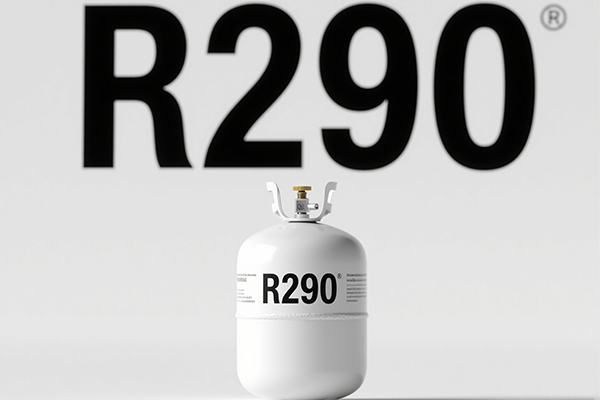
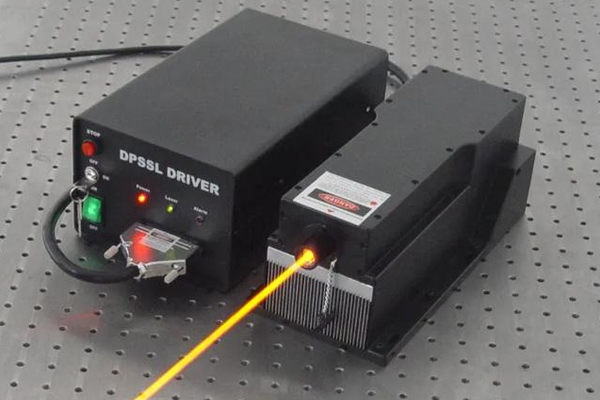

1 Un commentoEfficienza di stampa 3D Master: Scegli il sistema di raffreddamento perfetto per la stampante”
In che modo il calore influisce sul processo di stampa 3D, e quali soluzioni di raffreddamento possono prevenire il surriscaldamento e garantire stampe di alta qualità?
Considerare IT Telkom